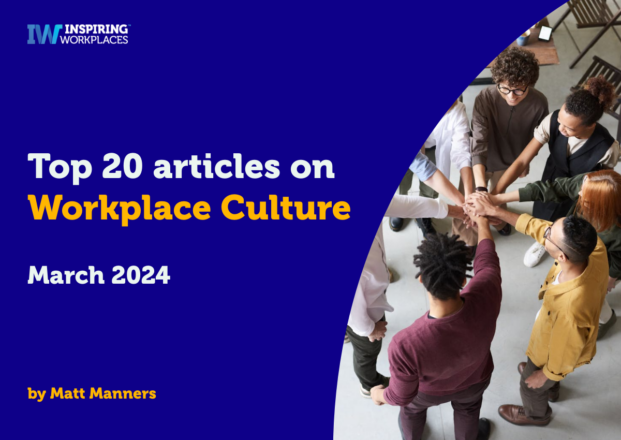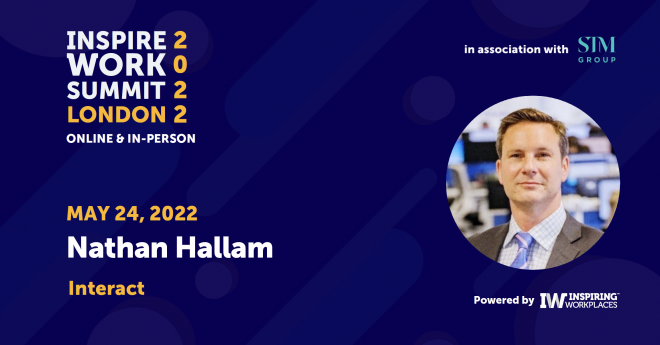
04th September 2023
Company’s A.I. Transformation Success: 3 Factors To Consider

As artificial intelligence (A.I.) reshapes the work landscape, the critical elements of belonging and purpose play pivotal roles in managing the impact on employees’ professional identities. Unlike previous technological shifts, A.I. targets white-collar skills, potentially challenging competence, autonomy, and belonging. To navigate this transformation, leaders must proactively address these concerns: Redefine Roles; Empower Decision-Making; Foster Connections and Sense of Belonging. By acknowledging the impact of A.I. on professional identities and actively addressing competence, autonomy, and belonging, organizations can create an environment where humans and A.I. coexist harmoniously and productively. This requires engagement from executives to frontline managers to ensure a seamless transition.
From the original article written by François Candelon, Lisa Krayer, and Saravanan Rajendran and published in Fortune:
Artificial intelligence is upending not just how people work, but how they relate to their jobs—their professional identity. A.I. uniquely impacts white-collar workers in a way no technologies have before.
In the past, automation technologies focused on automating portions of physical tasks performed by humans. The rise of robotics did just that, displacing low-skilled workers from the manufacturing process of goods like cars. The development of software, on the other hand, affected middle-skilled workers, by automating more complex tasks. A.I. is now coming for white-collar skills—decision-making and intellectual abilities—that up until recently, we thought were uniquely human.
The new frontier of generative A.I. encroaches even further than prior A.I. systems on the work done by white-collar workers. This is because, as Microsoft CEO Satya Nadella outlined in his recent company keynote, there are two layers that drive generative A.I.’s capabilities: First, an advanced reasoning engine that can be both pre-trained with general information and then re-trained on company-specific data to provide custom insights; and second, a natural language interface that makes English “the hottest new programming language.” The result is that generative A.I. can provide sophisticated insights, but also do so in an accessible way. That capability resembles the work of a high-level employee, upsetting the professional identity of white-collar workers.
Proactively addressing these professional identity concerns is vital for organizations because employees who feel their professional identities are threatened by A.I. are more resistant to its adoption, and less likely to use and derive value from it. This ultimately hurts the company overall. Our research shows that organizations with employees who personally get value out of A.I. are nearly six times more likely to reap significant financial benefits than organizations where employees don’t see the value of the technology.
There are a number of schools of thought on the elements that make up an individual’s unique sense of professional identity, and how it evolves over time. According to self-determination theory, there are three key components of professional identity: a sense of competence (importance of role and belief in one’s expertise), autonomy (level of discretion to make decisions), and belonging (connection to a wider group that generates meaningfulness). To address A.I. ’s impact on employees’ professional identity, executives will need to address each of these three elements.
Redesign roles to allow humans to go beyond A.I.
When A.I. assumes a task previously performed by humans, it has the potential to damage employees’ sense of competence. For example, A.I. can now outperform radiologists in diagnosis accuracy. As a result, many medical students are turning away from a potential career in radiology because A.I.’s superior performance in the field diminishes their sense of competency. The rapid advance of generative A.I. in the workplace is having a similar effect on employees’ sense of competence across a growing number of industries.
What constitutes meaningful work for humans in this new reality? To create a new sense of purpose, organizations will need to identify what tasks humans are uniquely suited for, distinguishing them from the tasks A.I. excels at. Deploying A.I. to tackle these distinct tasks frees human workers to assume roles where they have the capacity to go above and beyond A.I. This allows human workers to add value in the presence of A.I., enabling them to derive a renewed sense of competency in their work.
When H&M deployed A.I. to make its yearly purchasing decisions on how many and what types of clothes to buy for its markets around the world, the retailer’s buying team first decried the move—and then resisted it. While the purchasing task itself was tedious, involving hundreds of thousands of hours of manual work now automatable by A.I., the feeling of being replaced impacted how the workers perceived themselves and their work, fundamentally changing their professional identity. H&M buyers’ resistance hindered A.I. adoption, potentially wiping out the financial benefits of the technology for the company.
To help overcome their opposition to the move, H&M helped its employees find a new sense of purpose. The company redefined workers’ roles to accentuate what they did best. No longer were these employees manually calculating discounts on declining products; now they were engaged in sophisticated merchandizing work for new products and analyzing customer behavior. To further cement these changes, the company renamed its teams to reflect new roles, paving the way for workers to forge new professional narratives. Buoyed by these changes, H&M employees felt empowered, regained a sense of competency, and invested in the use of A.I.
Restore employee autonomy by making A.I. ‘challengeable’
Unlike previous advances in automation, A.I. has a unique ability to make decisions, or at the very least provide guidance on what decisions should be made. This makes employees feel reliant on a machine for making decisions, fundamentally threatening their autonomy. The ever-expanding decision-making prowess of generative A.I. has only heightened this threat, particularly with the rise of autonomous agents, like AutoGPT and BabyAGI, that don’t just make decisions but independently plan, problem-solve, and perform entire tasks, to get to a particular goal.
This encroachment on employee’s autonomy has several negative consequences. For instance, according to a recent study by the IT research firm Gartner, increased autonomy improves employee performance and retention, while lowering worker fatigue. How, then, can leaders restore their employees’ sense of autonomy?
First, it is critical for leaders to ensure that A.I. implementations allow for override privileges. This restores a sense of agency and creates a virtuous feedback loop, making employees more likely to adopt A.I. in the first place. For example, a well-known bias among humans is “algorithmic aversion,” where people distrust and refuse to use A.I., even if it is high-functioning, when it does not operate to absolute perfection. Academic research has shown that giving participants the ability to modify A.I. outputs overcomes this aversion—regardless of how extensively or how frequently participants modified the outputs. Override privileges also perform a critical function, allowing well-trained expert humans to correct A.I. mistakes when the technology goes off-track.
Second, leaders must highlight to their employees how using A.I. may allow for less oversight from managers, which improves employees’ sense of autonomy. At Walgreens, for instance, managers initially controlled how pharmacists filled prescriptions through strict guidelines designed to ensure patient satisfaction. With the adoption of A.I., a new system was put in place: A.I. would predict when pharmacy orders would be ready in a bid to reduce customer wait times. This meant that fewer interventions, like fulfillment guidelines, were needed from management. In fact, in one instance, a manager called to congratulate the pharmacists for reducing customer complaints and ultimately gave individual pharmacists more agency to run their own operations as they see fit. This greatly boosted the sense of autonomy felt by pharmacists at Walgreens.
Do you know an inspiring leader? Nominate them today: Inspiring Leaders Awards 2024.
Are you an inspiring workplace? Then register for the Inspiring Workplaces Awards 2024.
Join our community here, for free and access The Inspire Hub Forum to connect directly with your peers who share the same purpose.





